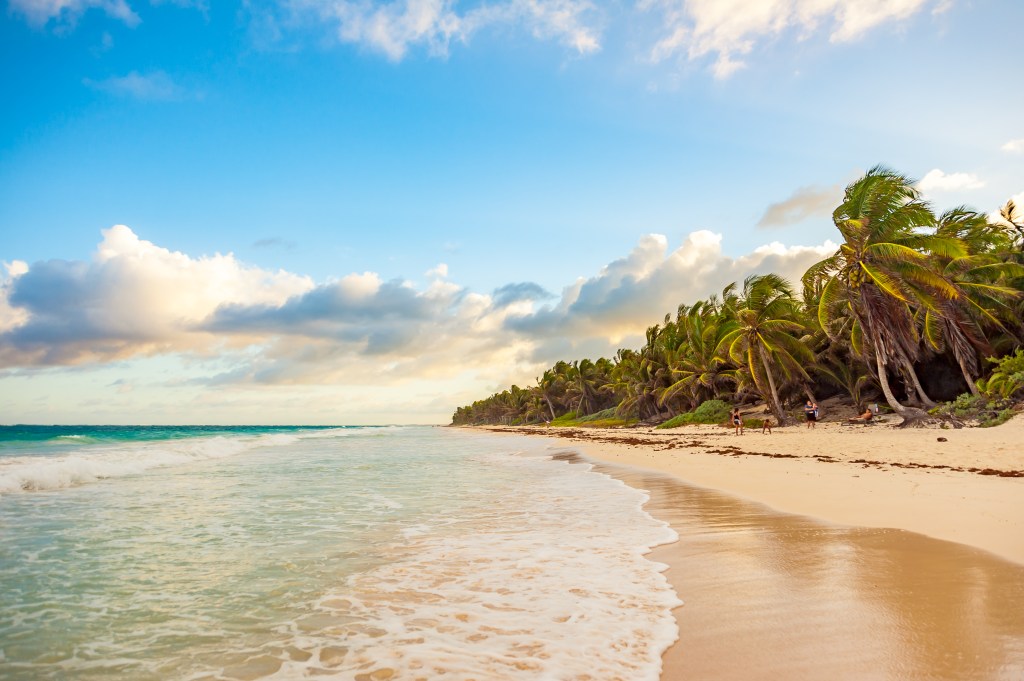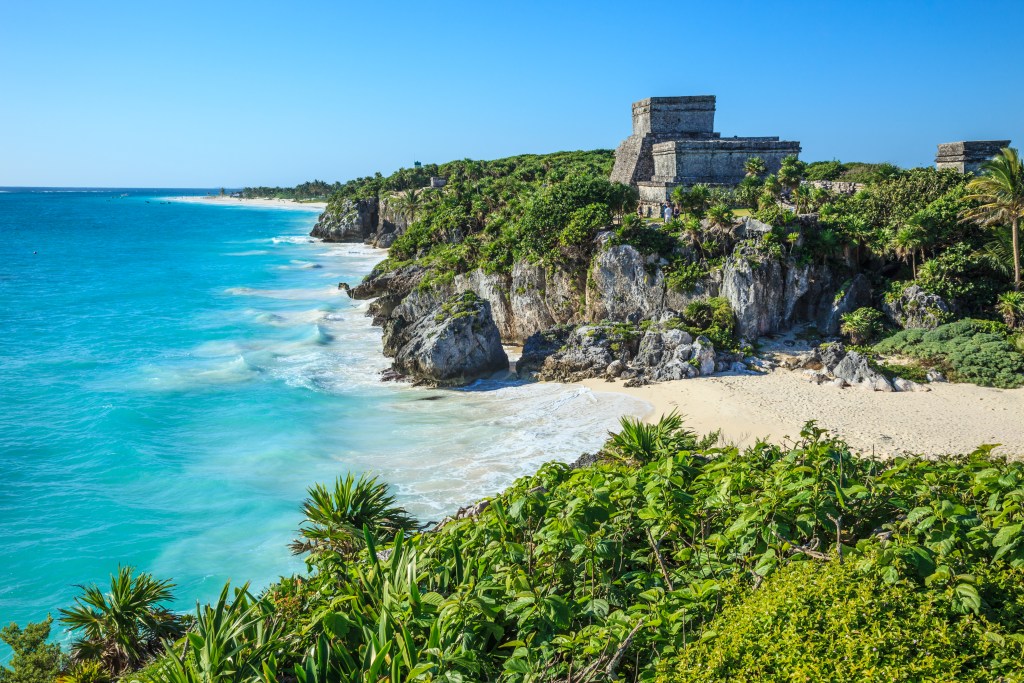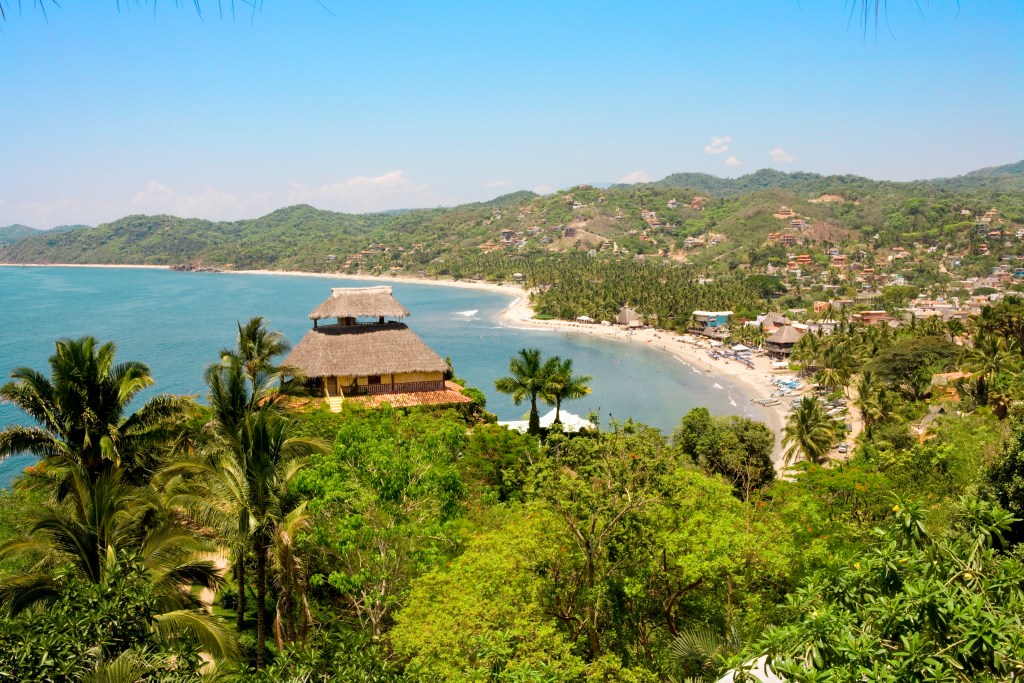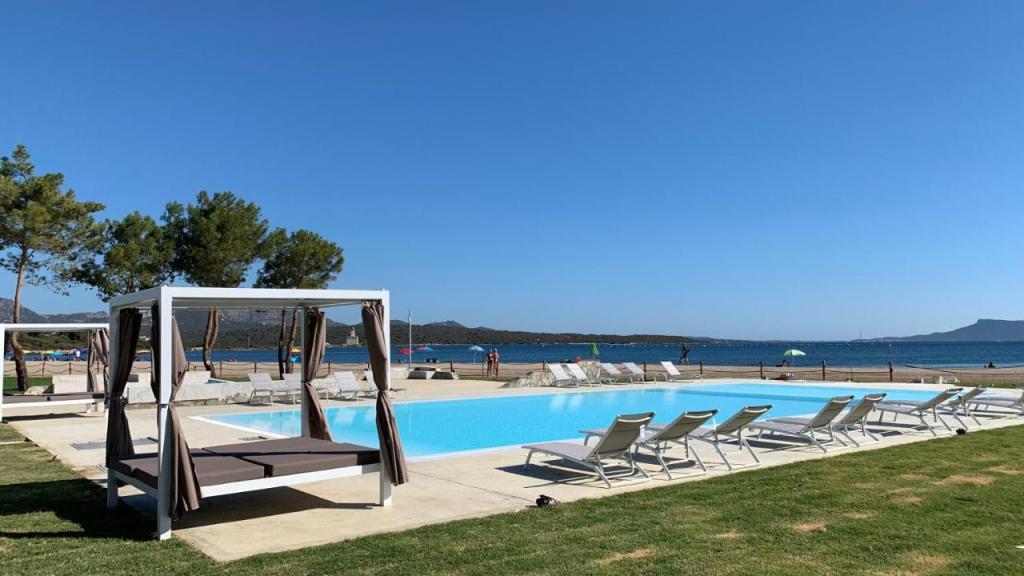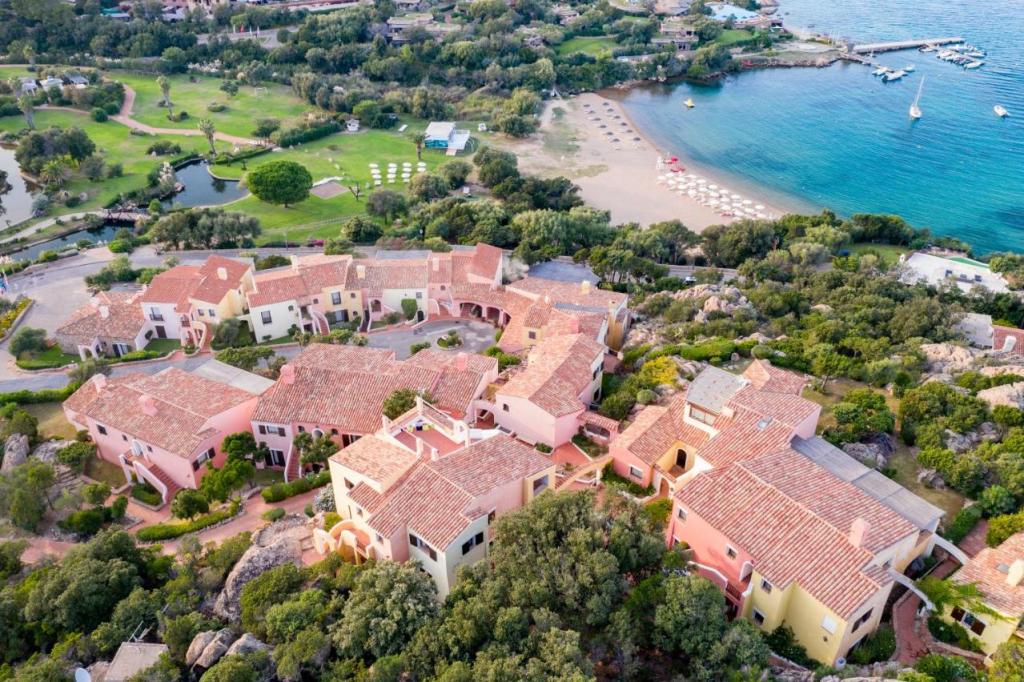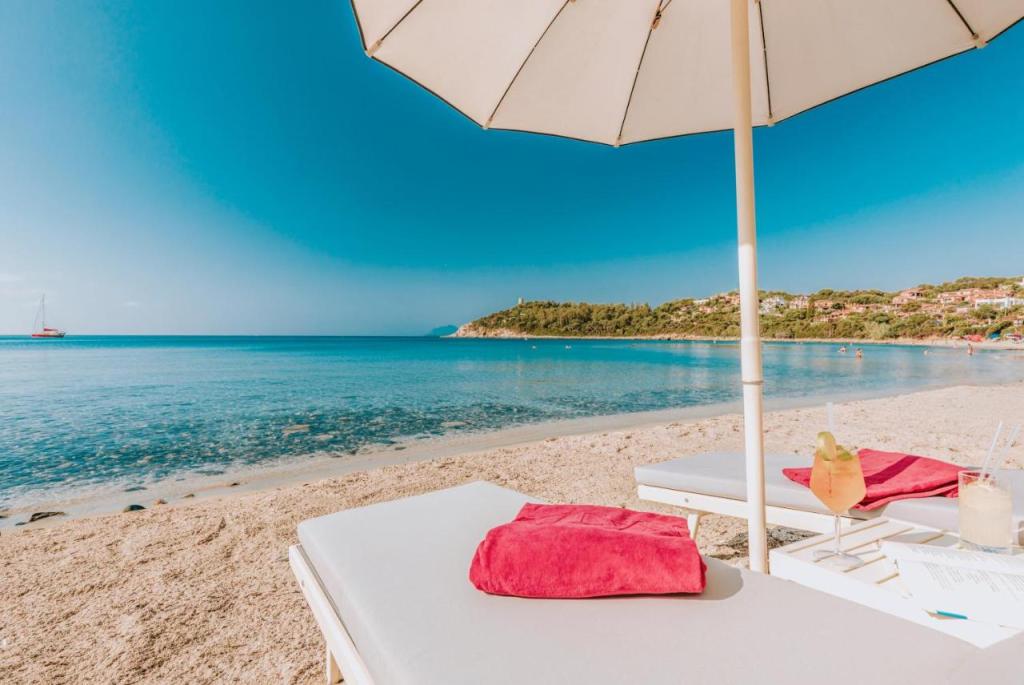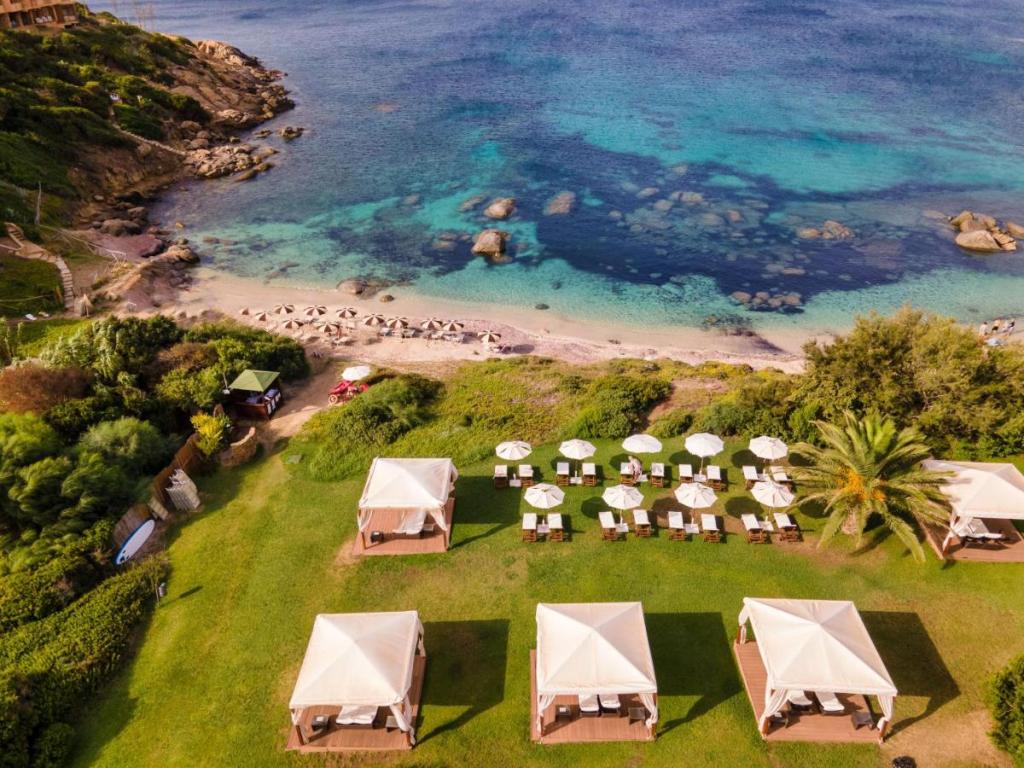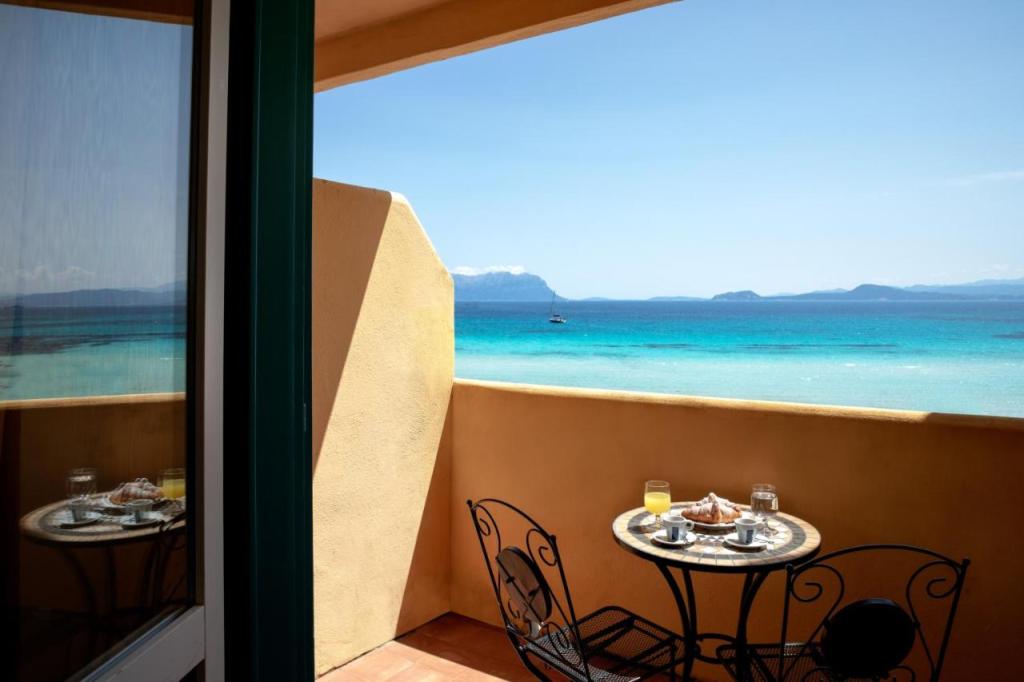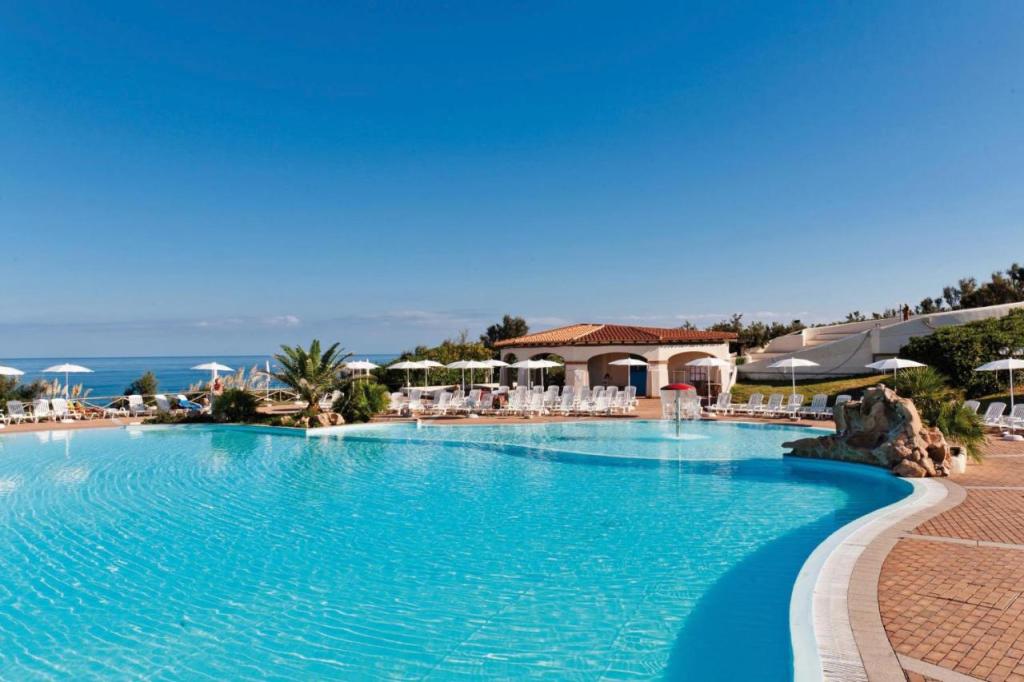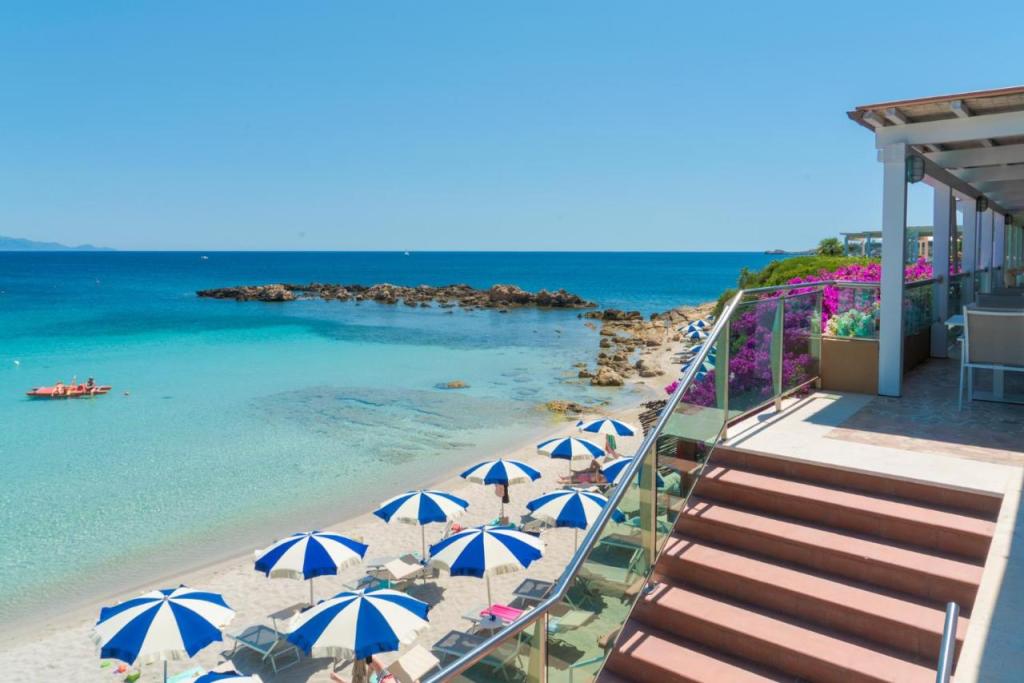You’ve finally narrowed down which city you want to visit.
You’ve even decided between booking a hotel versus a private rental.
You’ve lined up your dream list of activities, museums, restaurants, bars, and beyond.
You’re ready to go—except you still need to book your lodging.
Here comes the hard part: narrowing down where you should stay. If you’ve been reading my travel tips, you might already know that I put a lot of emphasis on the neighborhood I stay in.
Neighborhoods have a strong influence on your impression of a city; the better the neighborhood and the more aligned with your interest, the more likely you are to come back.
Usually, budget dissuades travelers from booking their dream rental in their favorite neighborhood. But even when pricing isn’t a concern, you might still be wondering how to find the right place. That’s doubly true when there isn’t a clear pick in terms of neighborhood, with no standouts for street art, history, or other common factors.
If you want to do a bit of research, you can find the perfect neighborhood using features like Priceline’s new AI-powered tools. But that’s hardly the only way to figure out where to stay.
If you’re heading out on a short trip with lower stakes, you can pull out your phone and click on Google Maps, then start zooming in.
Sometimes life is really that easy.
How to use Google Maps to figure out where to stay
Like I said, all you need to do is open up Google Maps and zoom in on your destination. (This trick works best for cities, but you can try it out on smaller towns and villages.)
You should notice areas that are highlighted in a pale yellow color, which indicates popular areas, especially for foot traffic. Usually, this is where to stay if you’re totally new to an area.
Google Maps uses real-time data to highlight these zones as ‘Areas of Interest’, meaning they’re commercial areas where people spend a lot of time. Keep in mind that Google is always updating its features, so this could change.
At the time of writing, light yellow is used to mark high-traffic areas with popular sites, while a darker yellow (sort of brown) usually indicates high foot traffic using real-time data.
Zoom in on those light yellow areas to figure out which parts of the city locals spend the most time in. By searching for hotels and rentals in these zones, you’ll be putting yourself in the action, and nearby restaurants, shops, and more.
Or, on the flip side, if you want to avoid those crowds, you can book lodging outside the high-traffic yellow zones, along with those darker yellow zones that experience a busy rush. You’ll know where to find all the action while staying just outside it.
Don’t forget to save your map offline
Google Maps also offers an offline and downloadable map feature. You can save portions of the map in the app so that you can use it even if you don’t have service. That’s handy because even large cities with solid service can get a little iffy at times.
Here’s how to save a map:
- Go to the ‘more’ tab
- Hit ‘download offline map’
- Select ‘download’
- Then use the zoom feature to finalize which part of the map you want to download
You should be able to access your downloaded portion of the map using Google Maps like normal. As in, just open the app and start zooming in. However, if you notice any issues, just click on your profile picture and head to ‘offline maps’. You should see your downloaded map saved there.
